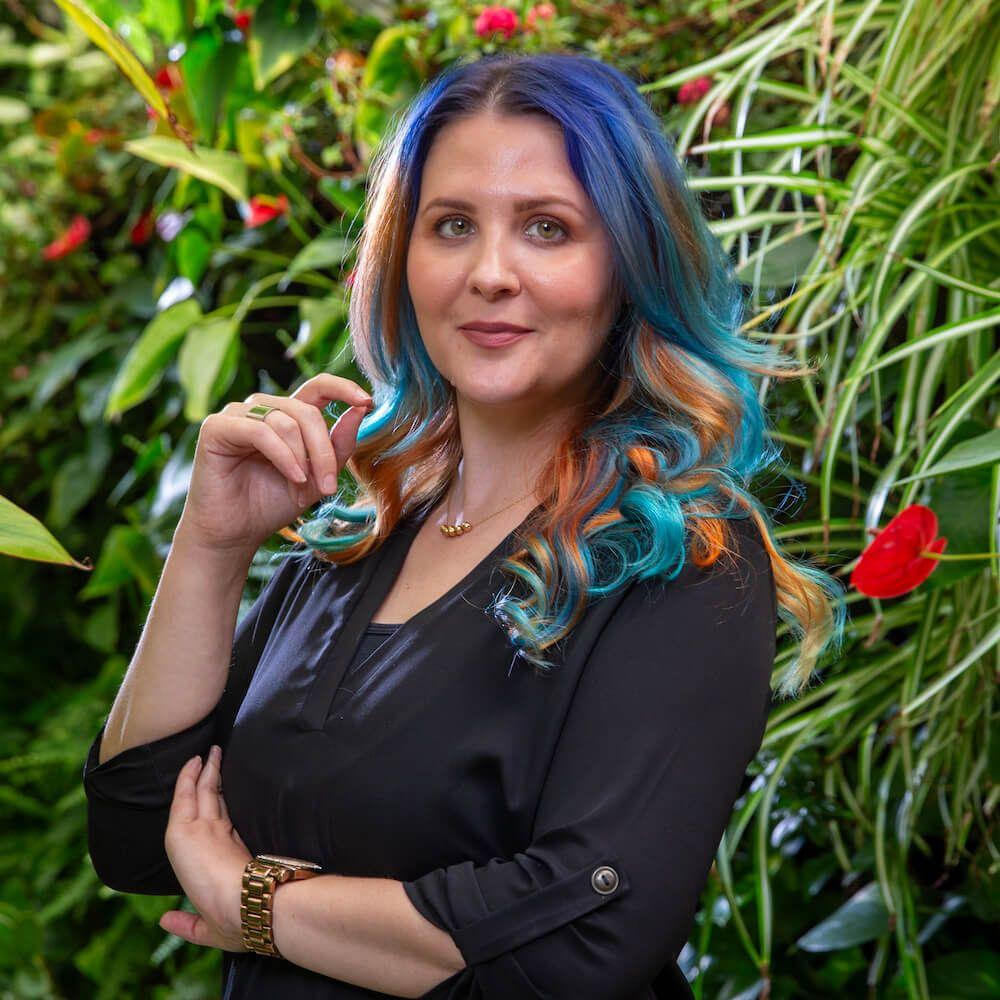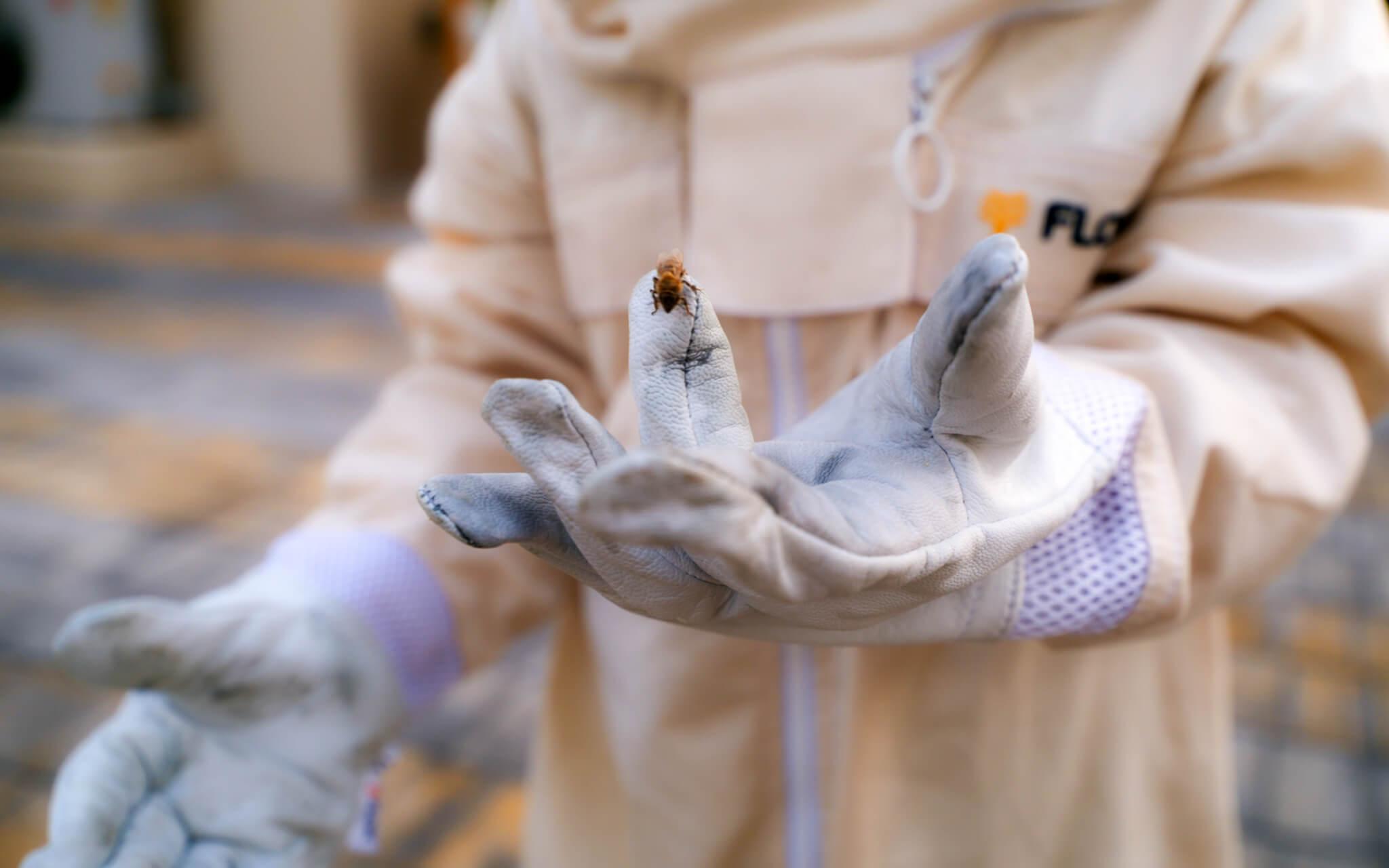Dimming the Lights and Saving Our Skies
Frank Turina is an astrophotographer, environmental impact analyst, and dark sky advocate from Colorado. From his work at the US National Parks Service to creating the Night Sky Resource Center, Frank is on a mission to reduce light pollution and protect environmental health.
Dung Beetles in South Africa use the light of the Milky Way to orient themselves. Harbor Seals use stars as a guide when they’re far from shore. Birds use magnetic fields and starlight as navigational cues.
Our world is more complex than we know, and the stars and their place in the daily workings of Earth are still mysteries. This mystery is one that Frank Turina, astrophotographer, environmental impact analyst, and dark sky advocate, has spent a lifetime studying.
“It always reminds me of what we don't know. Who would have thought those beetles were using the light from the night sky?” he says from his home office in Denver, Colorado.” It makes me wonder what else is out there, dependent on the night sky.”
“We don’t even have a clue what questions to ask yet.”
Frank’s route to Dark Sky Advocate was circuitous. In the 90s, he conducted environmental impact studies for engineering firms, analysing the noise pollution of new freeways and bridges. By 2003, Frank had parlayed his noise impact experience into a natural sounds programme for the US National Parks Service, helping to protect the acoustic environment and silence of North America’s wild spaces.
However, in 2007, the US National Parks Service noticed an uptick in people coming to the parks to see the night sky. At the time, sensory ecology was a new field, so Frank and a few other intrepid night-sky enthusiasts had to pioneer ways of measuring light pollution in the parks to reduce it.
“At first, it was, ‘Do we really need to pay attention to this? We've got so many other things to deal with,’” Frank says. “However, we explained the studies and the connections to wildlife and ecosystem health, and it became much clearer to park managers that this is something we need to address.”
So, how exactly does one separate the sky’s natural light (galaxies, stars, the moon, and others) from artificial light sources? A team of scientists within Frank’s division at the National Parks Service developed a way to take pictures of the night sky, combine them into one photo and measure the brightness of different regions. Once they subtracted the model night sky, all that was left was light pollution.
Thus, a new night sky program was born. Today, astrophotographers, astronomers, and dark-sky enthusiasts visit dozens of dark-sky parks across the United States each year. However, light pollution continues to grow. According to NASA, excess light from cities increases by 10% annually, leaving millions of people disconnected from one of our most unifying vistas: the stars.
But reducing light pollution is about more than being able to view the Milky Way (as awe-inspiring as that speckled smudge is); it’s about understanding how the light above us impacts every aspect of our health and the health of our planet. “Light pollution adds stresses that combine with climate change - it exacerbates the impacts from a changing climate,” Frank says.
Light pollution adds stresses that combine with climate change - it exacerbates the impacts from a changing climate.
And that brings us back to our beetles.
Pollinators such as birds, insects and bats often do their best work at night. However, skyward-facing floodlights trap birds in an inescapable spiral. At the same time, moths and other insects are drawn to porch lights and LEDs, spending their nights fluttering in distress rather than pollinating.
According to a 2019 study by the National Science Foundation, wild bird populations in the United States have declined by 30% since 1970, a loss of nearly 3 billion birds in the past 50 years. Positive phototaxis, Frank explains, is an attraction animals have to light, a characteristic common to many bird species. These bright lights draw migratory birds into cities with a high mortality rate, contributing further to the loss of bird populations.
“The fitness that birds have to achieve before they endure migration is critical. There are some birds that literally travel from the North Pole to the South Pole. They have to gain a ton of weight, be healthy and fit, and be very conservative with their resources when they're migrating,” he says sadly. “The additional stress of artificial light reduces the fitness of birds to make a successful migration.”
The health of the world’s pollinator population is about more than declining bird song or the lack of bees buzzing around your backyard barbeque. Our plant life and food sources rely on pollinators. While we can hand pollinate, the amount of labour resources and time required is staggering. We eat for free by the goodwill of birds, bees, and other insects.
“Things like chocolate, melons, berries, and almonds, and you name it, are insect pollinated. And we're seeing huge reductions in insect populations as well. Just like birds, people are calling it the insect apocalypse.”
Looking back, Frank recalls how one of his first environmental policy textbooks described the Earth’s warming from increased carbon dioxide emissions. “And it's funny because, in that book, one of the effects would be an increase in fire seasons,” he shares. “On Tuesday, my wife and I had to evacuate because there was a wildfire in our neighbourhood.” Well, perhaps not that funny - the lived effects of climate change have become a more persistent reality for us all.
I remark that when we dig deeper into the innumerable details of our world, we begin to understand just how interconnected we are. Frank nods: “John Muir said that when you pull on one string of the web of life, you find it's connected to everything else,” he quotes.
Tonight, step outside (or look through this light pollution map) and see what the view from your front yard offers: that view is just as important as a temperature gauge.
Today, Frank runs the Night Sky Resource Center, which offers practical ways to protect dark-sky spaces, educational resources, and updated information on new laws and policies around light pollution.
The solution? Turn off the lights. Even if just for a few hours. Or aim lights downwards rather than vertically (which prevents insects and birds from becoming trapped in the beam). Similarly, warmer light better mimics natural light sources rather than harsh white LED lights and attracts fewer wildlife and insects. In fact, the blue tint of LEDs negatively affects circadian rhythms and physiology for most species, including us; choosing warm lights is better for your body, your sleep, and all the critters sharing our homes.
And so we can all look up and watch the stars flicker against a summer horizon.
Most Popular
The Climate Tribe delivers stories about Biodiversity and Conservation, Circular Economy, Food and Water , and how they intersect with climate.
Subscribe
Get the latest stories inspiring climate action around the globe straight to your inbox.






